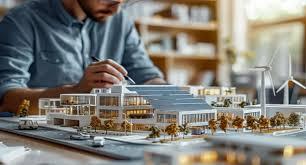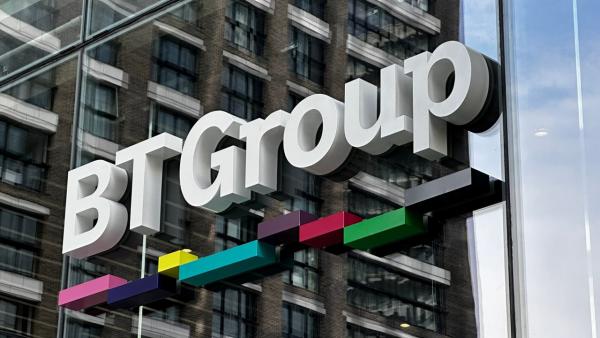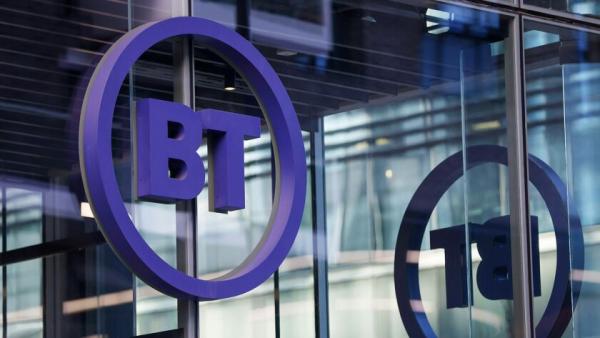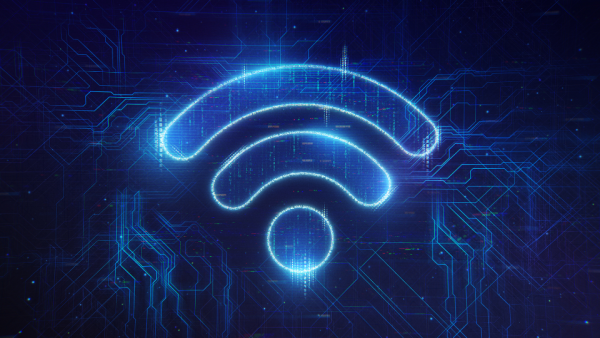
5G-connected technologies in public buildings could help councils slash their energy bills, saving taxpayer cash and reducing their carbon emissions.
- New modelling for Vodafone UK reveals how digital technologies, powered by 5G, could bring huge cost and energy savings when applied to public buildings like hospitals, schools, leisure centres and police stations.
- The combined benefits from Internet of Things (IoT), smart sensors and virtual versions of buildings (known as ‘digital twins’) include better maintenance. Powered by a nationwide 5G Standalone (SA) network, they could save £580 million of public money annually if rolled out to every UK town.
- These technologies also save energy equating to 1.43 million tonnes of CO₂e per year, the same annual electricity use as 300,000 homes’ – as many as every home in a city as large as Leeds.
- As part of their proposed merger, Vodafone UK and Three UK have committed to rolling out 5G Standalone at pace, investing £11 billion over ten years and delivering 5G SA to 99% of the UK population by 2034. As part of this, Vodafone UK and Three UK have also committed to delivering 5G SA to every school and hospital across the nation by 2030.
New modelling for Vodafone UK reveals the significant cost and energy savings enabled by 5G-powered technologies across public buildings like schools, hospitals and leisure centres. The modelling, by WPI Strategy, reveals how installing digital twins, IoT and smart sensors could save the average town of 40,000 residents up to £350,000 every year on energy bills. Across the UK, these savings amount to £580 million a year across public buildings.
Alongside the modelling, a poll of 2,000 UK adults revealed most (92%) are worried about the future of their local facilities and three-quarters (77%) have already seen libraries, leisure centres and even schools close due to a lack of council funding – with figures showing 1,000 swimming pools have closed in England since 2010 alone.
The lack of funding is also making it more difficult for people to access basic services, with respondents saying they’ve experienced a reduced service at their GP surgery (27%), hospital (17%) or police station (20%).
To help local councils and residents understand more, Vodafone has visualised how the 5G-enabled technologies could be integrated into the average town with an infographic: ‘The 5G Town’.
The power of 5G SA is that it can seamlessly integrate many connected devices and sensors with IoT across heating, cooling and lighting systems to monitor energy use and identify efficiencies. For example, the combination of IoT with motion sensors can measure inhabitants’ patterns of work and how a building consumes energy to an extremely accurate degree, allowing adjustments to be made.
Innovative technology, such as ‘digital twins’ – highly accurate virtual representations of buildings that use real-time data from sensors to simulate behaviour and monitor operations – enable engineers to study them in detail on a computer remotely, and identify where efficiencies can be made, as well as predict faults and fix them sooner.
However, for towns to gain the full benefits, these technologies need the reliability, high capacity and low latency of a 5G SA network.
Beyond saving money in energy bills, these energy savings across the public estate could also help the government to decarbonise, by removing 1.43 million tonnes of CO2e per year. That’s the equivalent annual electricity usage of almost 300,000 homes – more than every house in a city as large as Leeds!
This comes as 73% of people believe their local authority reaching its net zero targets is important, but 66% are not aware of the impact technology can have on reducing the energy used by buildings.
Current Government targets aim to reduce carbon emissions in the UK by 68% by 2030 and 77% by 2035. An annual carbon saving of 17% in the public estate, achieved by implementing 5G-powered technologies, could help us move closer to that goal. Combined with the Government’s recent pledge to invest £557 million for public buildings to install low carbon heating and energy saving measures, this could be a real leap forward on the UK’s net zero journey and could help future-proof community assets.
Andrea Dona, Chief Network Officer of Vodafone UK says: “We believe that a best-in-class 5G network would provide a much-needed economic boost to the public purse, saving £580 million of taxpayer money, while also helping to decarbonise the public estate.
“With rising costs and constrained budgets, councils across the UK are feeling the squeeze and communities are suffering as a consequence. We know how important public spaces are to local towns, with over half of people saying they bring the community together in a positive way, so we must protect them.
“Public buildings are critical to communities, and we want to propel them into the future – which is why, as part of our proposed combination with Three UK, we have committed to rolling out 5G Standalone to every school and hospital across the nation by 2030.”
As part of its proposed merger with Three UK, Vodafone UK has committed to delivering 5G SA to 95% of the population by 2030 and 99% of the UK population by 2034, reaching every school and hospital across the country by 2030, providing a much-needed boost to local communities and supporting the UK on its net zero journey.









